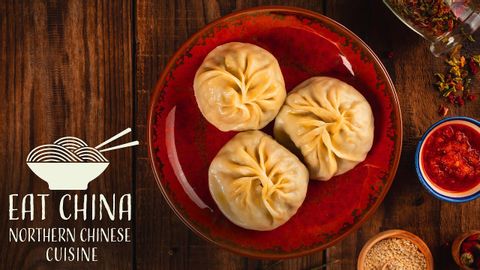北国の中華料理が最高のコンフォートフードである理由-中国を食べる(E11 (Why Northern Chinese Food Is the Best Comfort Food - Eat China (E11))
林宜悉 が 2020 年 12 月 08 日 に投稿  この条件に一致する単語はありません
この条件に一致する単語はありませんUS /ɔˈθɛntɪk/
・
UK /ɔ:ˈθentɪk/
- adj.本物の : 正真正銘の : 信頼のおける : 確実な
US /ˈstepəl/
・
UK /ˈsteɪpl/
- n. (c./u.)主食;主食;主要製品;ホッチキスの針;必需品
- v.t.ホチキスで止める
- n. (c.)(腰 : 頭 : 肩などに巻く)布;(トルティーヤでできたサンドイッチのような)ラップ
- v.t.周りを動き回る;包む
エネルギーを使用
すべての単語を解除
発音・解説・フィルター機能を解除
